What Is Hypophosphatasia?
Hypophosphatasia is a very rare condition that affects the bones of those who are born with it. People who have hypophosphatasia are prone to fractures and deformities. Numerous additional health issues can arise as complications resulting from this condition. It can manifest in a few different forms. Some people will only be affected through infancy and early childhood, while others will deal with it their entire lives.
The mildest form of hypophosphatasia only affects baby teeth, while the most severe form can lead to stillbirths. This condition thus appears differently from one individual case to another. Certain therapies have the potential to mitigate the symptoms of hypophosphatasia. Some of these treatments do cause side effects, and in any case, they must be administered with great care due to the likelihood of additional complications. Overall, hypophosphatasia can significantly affect the quality of life.
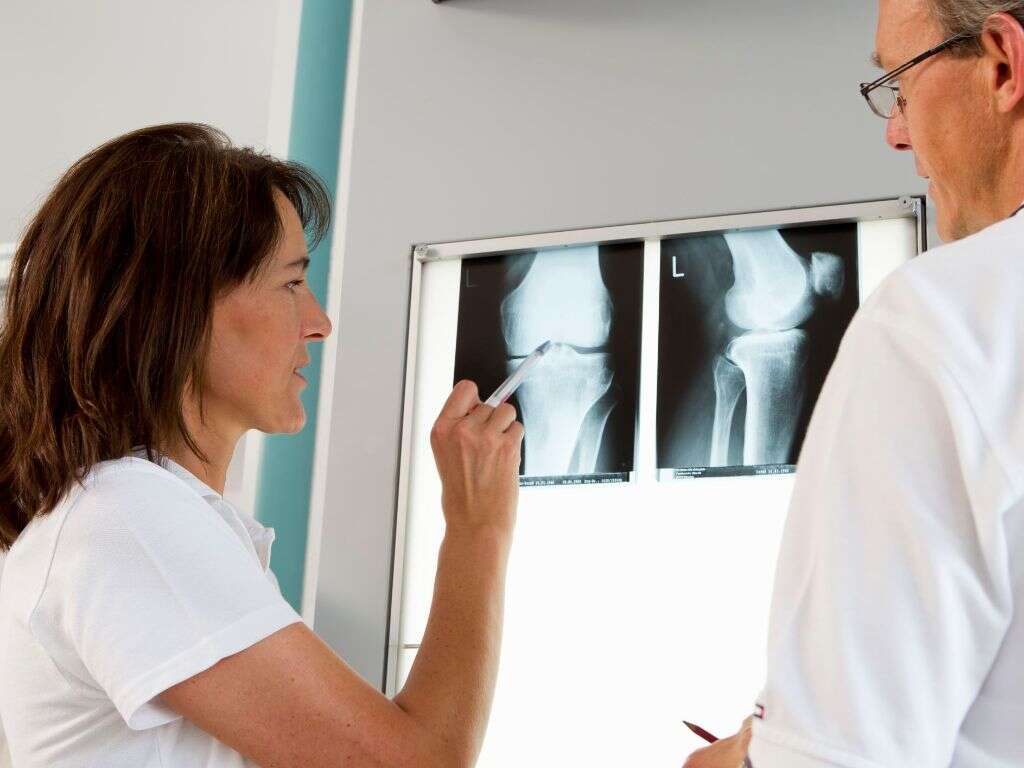
1. What Causes Hypophosphatasia?
Hypophosphatasia results from a mutation of a specific gene known as the tissue nonspecific alkaline phosphatase (TNSALP) gene. This gene is responsible for the proper development of bones and teeth. Depending on the degree to which the gene is affected, hypophosphatasia can be either mild or severe.
In a normal, healthy body, calcium and phosphorous are taken up by the bones, allowing them to have the proper amount of hardness and flexibility. In hypophosphatasia, the genetic mutation does not change the levels of calcium and phosphorous in the body; rather, the bones are unable to take up these chemicals at adequate levels.
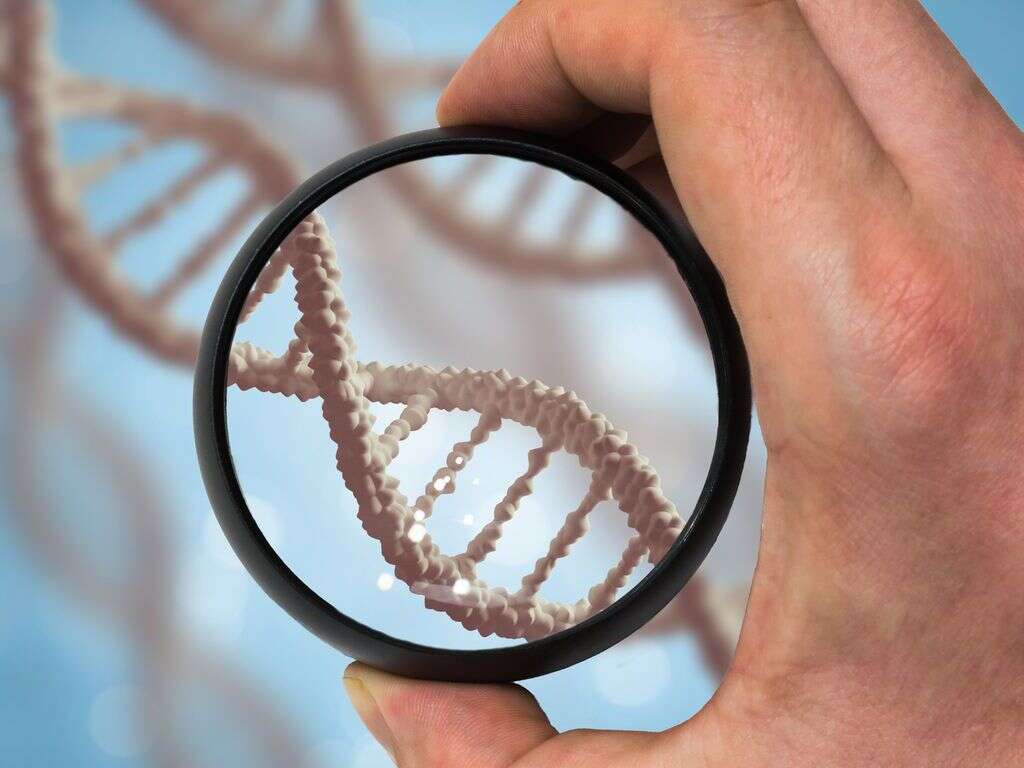
2. What Are the Symptoms of Hypophosphatasia?
There are six different types of this condition: odontohypophosphatasia, prenatal benign hypophosphatasia, perinatal hypophosphatasia, infantile hypophosphatasia, childhood hypophosphatasia and adult hypophosphatasia. The symptoms can range from loss of teeth to bone deformation. The severity of the illness varies depending on the activity of the phosphatase enzyme. Lower activity of this enzyme leads to a more severe form of the disease.
In some people, only dental problems occur, while other people experience only bone problems. The severity of symptoms is directly correlated with the degree to which the body’s activity of residual alkaline phosphatase is impacted. Some people experience mild health issues that improve as they enter adolescence, while others may develop severe complications.
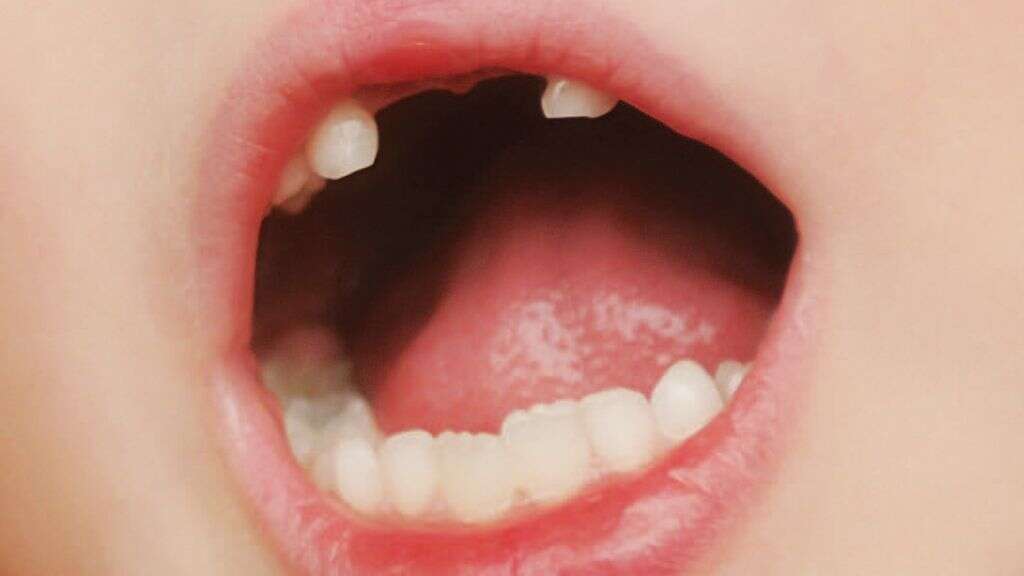
3. What Are the Symptoms of Odontohypophosphatasia?
While other forms of hypophosphatasia can involve loss of teeth, odontohypophosphatasia is when only the teeth are affected and does not include symptoms with the bones as the other forms of hypophosphatasia do. It is exclusively manifested in the form of dental issues, which can range in expression from childhood to adulthood.
In some cases, adults with odontohypophosphatasia will lose their teeth. In others, the disease affects deciduous teeth. Also known as baby teeth, these teeth normally are pushed out when the adult teeth come in. With odontohypophosphatasia, however, the deciduous teeth fall out before their natural timing.

4. What Are the Symptoms of Adult Hypophosphatasia?
Some people with adult hypophosphatasia lose their teeth, while others may experience pseudogout, which is a sudden pain in the joints. This may be a result of joint inflammation caused by calcific periarthritis, the accumulation of calcium crystals within the cartilage around joints. Pain may also occur in the bones themselves.
People who deal with adult hypophosphatasia typically live their lives with chronic debility and pain. These people are much more likely to sustain stress fractures, particularly around the thighs or feet. During childhood, these people may develop rickets, while into adulthood they often suffer from a bone-softening issue known as osteomalacia.
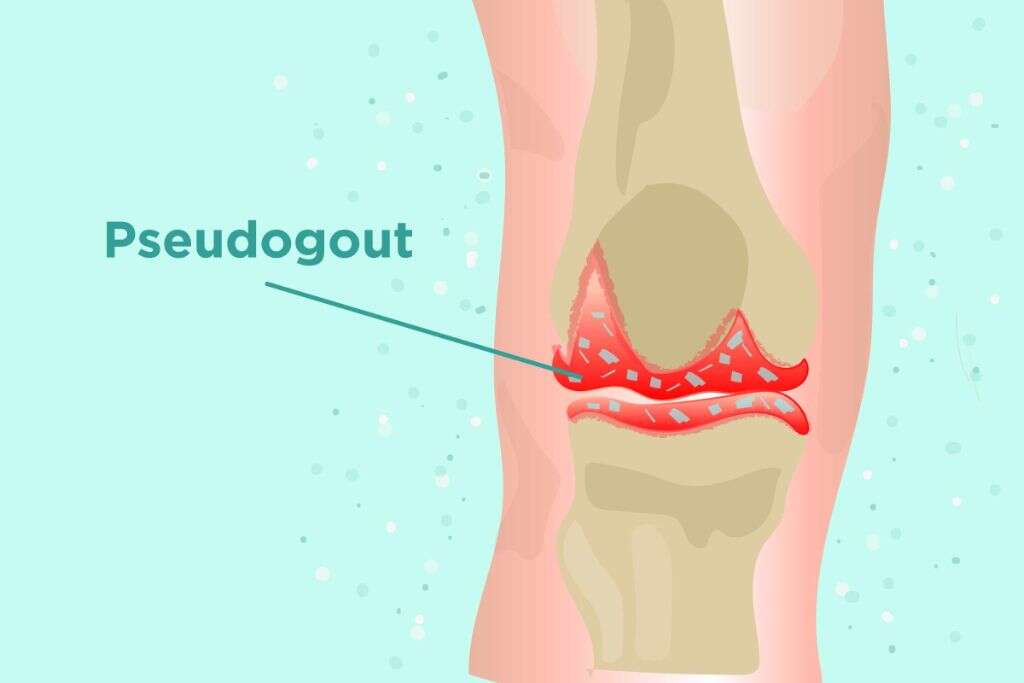
5. What Are the Symptoms of Childhood Hypophosphatasia?
Those who deal with childhood hypophosphatasia sometimes have their symptoms reappear later in life, while in other cases they may go away. Weakness in the bones of the legs can lead to an awkward gait. This typically manifests at some point between the ages of two and three. Often the baby teeth will fall out earlier than normal.
Bone deformations can lead to numerous problems, including fractures, joint pain and bone pain. These children can develop rickets from as early as two years old. As the skull can be affected, there may be increased pressure in the head, known as intracranial hypertension. Childhood hypophosphatasia is typically less severe than the infantile form.

6. What Are the Symptoms of Infantile Hypophosphatasia?
The infantile form typically manifests within the first six months of someone’s lifetime, though it is possible for the mineralization to improve at some point early on in childhood. This form of the disease can result in lifelong deformities and shorter stature. Some infants may have poor feeding habits, weakness, constipation or vomiting. It is not uncommon for babies with infantile hypophosphatasia to have diminished muscle tone, tender bones, bone pain, fever and breathing difficulty that could lead to respiratory failure. One of the respiratory complications that can arise is pneumonia, which is more likely due to rib fractures and chest deformities.
Joint problems such as enlarged ankles and wrists can also happen. Abnormalities in the growth plates can cause bowed legs, which is a syndrome known as rickets. Infants who suffer from intracranial hypertension as a result of infantile hypophosphatasia can experience bulging eyes and swelling of the optic disk. This results from increased pressure of cerebrospinal fluid in the skull caused by early fusing of the skull bones. In addition, these infants typically grow and gain weight at an abnormal rate.

7. What Are the Symptoms of Prenatal Benign Hypophosphatasia?
Prenatal hypophosphatasia begins while the fetus is still in the womb, and symptoms manifest before the child is born. This form of the condition typically improves after birth, though the symptoms do not necessarily go away completely. It is not unusual for a child to grow up after prenatal benign hypophosphatasia still experiencing symptoms in line with odontohypophosphatasia, but it may progress to full-blown infantile hypophosphatasia. An ultrasound can determine if the fetus is undergoing prenatal benign hypophosphatasia.
Children born with prenatal benign hypophosphatasia can experience skeletal deformities. Most commonly, these are observed as bowed limbs. This form is different from infantile hypophosphatasia, which does not display any abnormalities at the time of birth. It is also typically much less severe than infantile hypophosphatasia or perinatal hypophosphatasia.
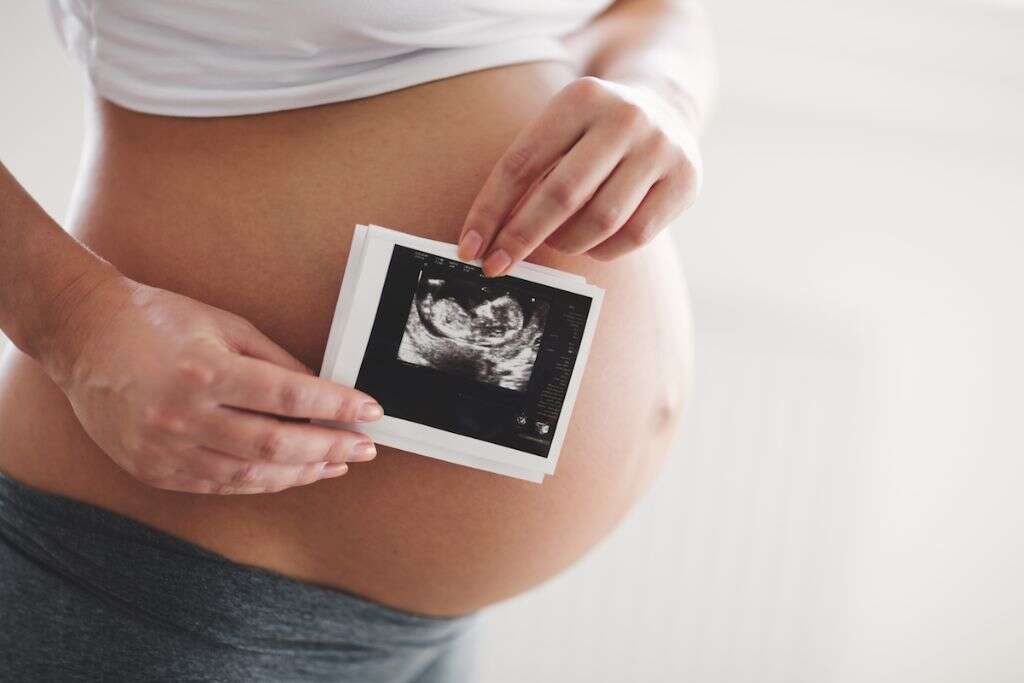
8. What Are the Symptoms of Perinatal Hypophosphatasia?
Perinatal hypophosphatasia, like prenatal benign hypophosphatasia, occurs in the womb before the child is born. It is, however, much more severe, and can lead to stillbirth in some cases. The condition is due to an extreme degree of inactivity of alkaline phosphatase. Cases of stillbirth usually result from underdeveloped lungs due to chest deformities. Such lungs are unable to take in enough oxygen, which leads to respiratory failure.
Those infants who survive childbirth may still exhibit underdeveloped ribs. It is also common for them to have other skeletal malformations such as bowed legs and arms. Even those infants who are born with respiratory problems can sometimes survive for a few days. In almost every case, however, early death is the prognosis.
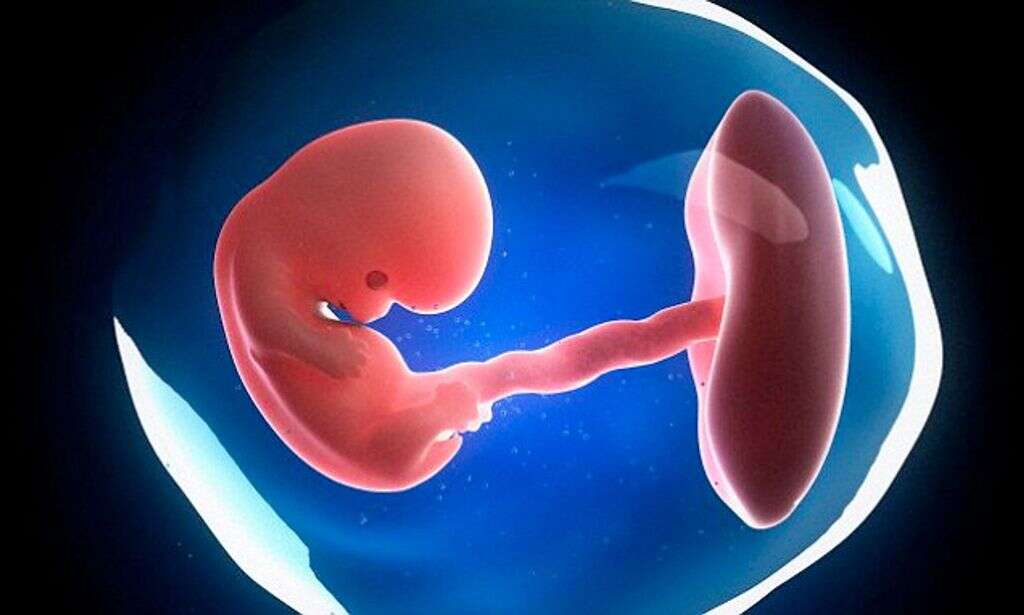
9. How Is Hypophosphatasia Diagnosed?
The majority of physicians do not know much about hypophosphatasia, so it often requires a specialist to diagnose. One way that hypophosphatasia is tested for is through molecular genetic testing to detect mutations in the TNSALP gene. More severe cases can be seen through an X-ray; however, it may be missed or misdiagnosed by radiologists who are not experienced with the disorder. Another way to confirm if bone deformations are related to hypophosphatasia is to measure the serum level of vitamin B6. If the levels of vitamin B6 are elevated, this can indicate the onset of hypophosphatasia.
The most common test is a direct measurement of the serum levels of alkaline phosphatase. Children who are developing hypophosphatasia have lower levels than normal. Physicians need to understand that children typically have higher levels of alkaline phosphatase than adults; therefore, the baseline should be considered to be higher when testing in children than when testing in adults. Other conditions can be indicated by the lack of alkaline phosphatase, so if this is determined, the other tests should also be conducted. In summary, a full diagnosis should include biochemical studies and X-rays, a variety of laboratory tests, a detailed patient history and an identification of the symptoms and signs that would be characteristic.

10. How Is Hypophosphatasia Treated?
Fortunately, there are treatments that can improve the outlook for patients with hypophosphatasia. One thing doctors should definitely avoid is treating the condition with bisphosphonate drugs, as this can worsen the effects. For physical treatments, metal rods can be used to stabilize fractured bones in a process known as rodding. Starting early in life, physical therapy and regular dental care can help.
Infants who experience hypercalcemia resulting from hypophosphatasia benefit from certain diuretics, hydration and restriction of calcium in the diet; however, in these cases, the outlook is not good. Those suffering from seizures may find mitigation through supplemental intake of vitamin B6. There is also a new drug on the market known as Strensiq that has been approved to treat hypophosphatasia. It is a subcutaneous injection that can replace TNSALP genes.












